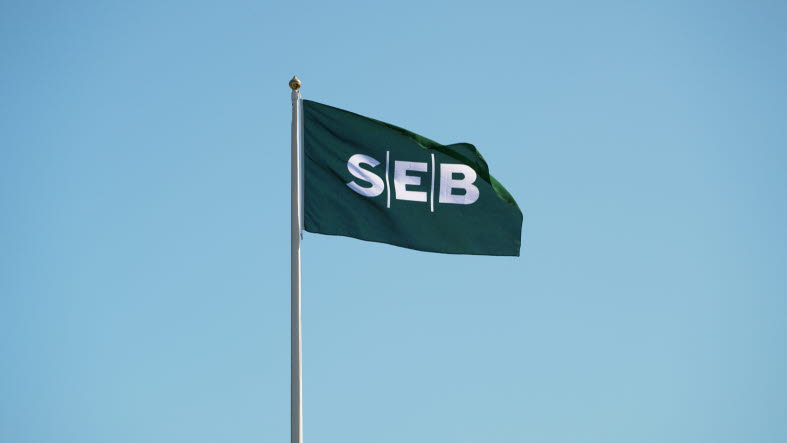The nine banks in the consortium are SEB, ING, Banca Sella, KBC, Danske Bank, DekaBank, UniCredit, CaixaBank and Raiffeisen Bank International.
The stablecoin will provide near-instant, low-cost payments and settlements. The aim is to enable 24/7 access to efficient cross-border payments, programmable payments, and improvements in supply chain management and digital asset settlements.
“A credible and reliable stablecoin may become an instrumental part of the future financial system. Through participation in the consortium, SEB has a valuable opportunity to explore and develop a technology that is regulated and stable, enhance our service offering and strengthen support for our clients,” says John Turesson, Co-Head of Corporate & Investment Banking at SEB.
The stablecoin will be regulated by EU's "Markets in Crypto-Assets Regulation" (Micar) and is expected to be first issued in the second half of 2026. The stablecoin consortium, with the aforementioned banks as founding members, has formed a new company in the Netherlands, aiming to be licensed and supervised by the Dutch Central Bank as an e-money institution. The consortium is open to additional banks joining. A CEO is expected to be appointed in the near future, subject to regulatory approval.
The initiative will provide a European alternative to the US-dominated stablecoin market, contributing to Europe's strategic autonomy in payments. Individual banks will be able to provide value added services, such as a stablecoin wallet and custody. For SEB, the primary objective is to be able to use stablecoin by the first quarter of 2027.
With clearer regulations and more advanced technology, there is now a distinction between general technology, speculative digital currencies, and regulated stable digital currencies such as stablecoins.
“As a custodian and investment bank, we believe that a bank-backed stablecoin, with its non-speculative nature, can play a fundamental role in the rapidly evolving digital asset landscape and drive innovation within financial assets and services," says John Turesson.
Micar, Markets in Crypto-Assets Regulation, is the EU’s regulation for cryptocurrencies, designed to make the market safer and clearer for both companies and consumers. The rules help prevent fraud and protect users.

